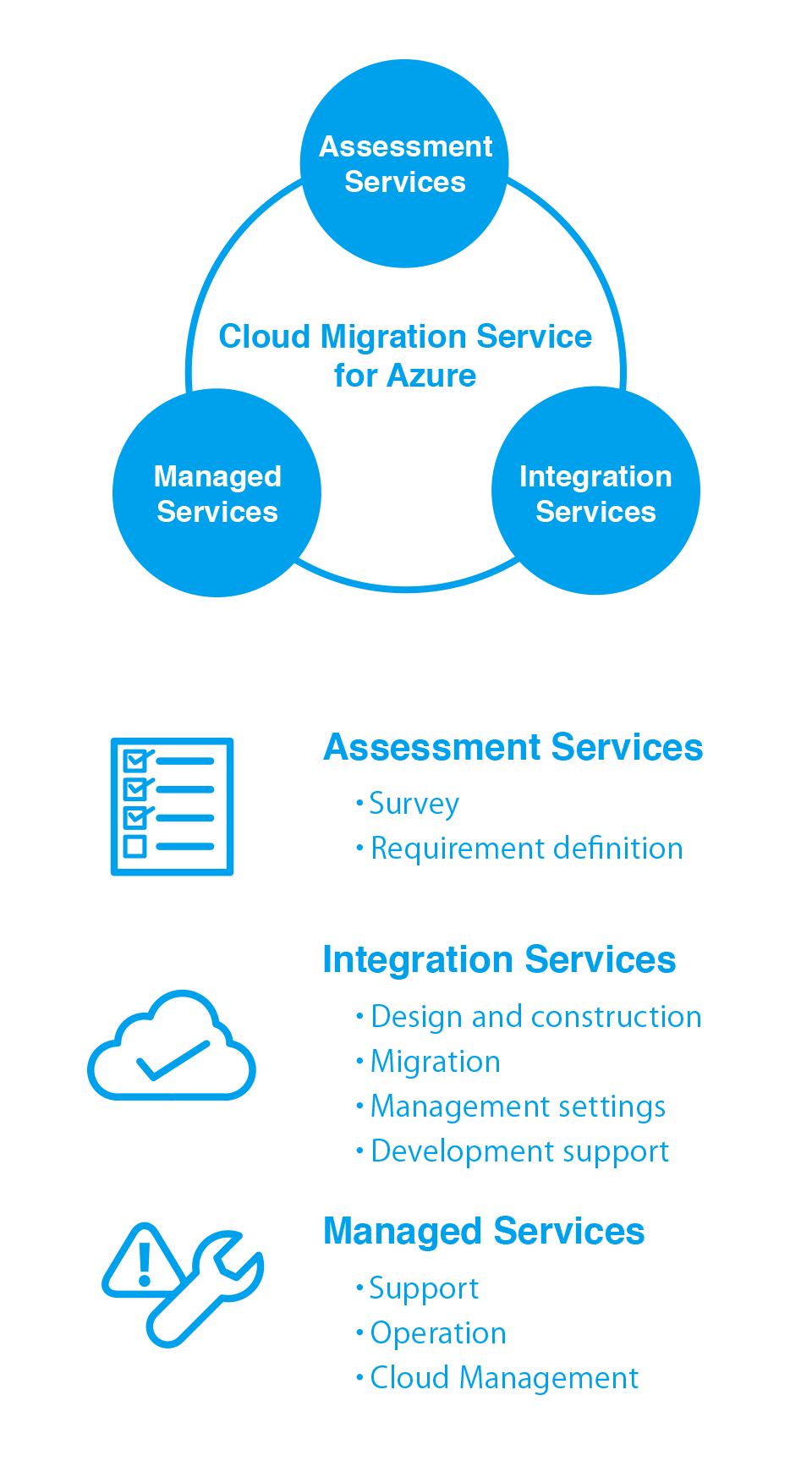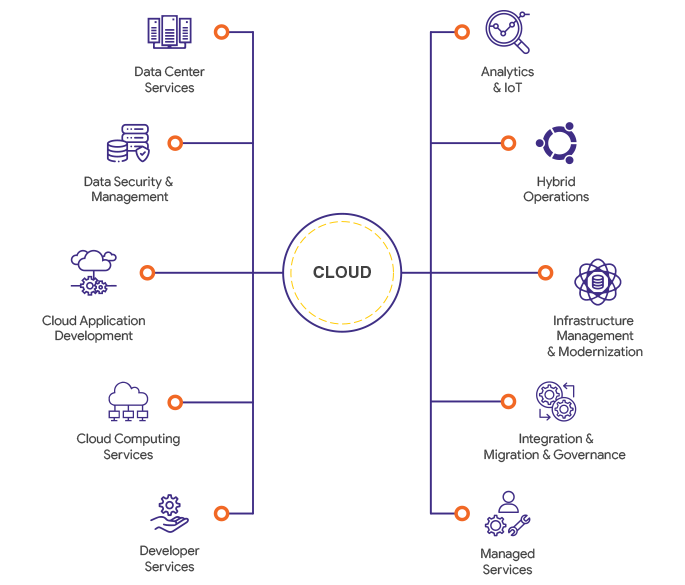Understanding Your Current Infrastructure
Before you even think about migrating to the cloud, you need a crystal-clear picture of your current IT infrastructure. This involves identifying all your applications, servers, databases, and storage systems. Document their dependencies, performance metrics, and any potential issues. This inventory will be your roadmap for the migration. Knowing what you have allows you to strategically plan the move, minimizing disruption and maximizing efficiency.
Choosing the Right Cloud Provider
The cloud landscape is vast, with major players like AWS, Azure, and Google Cloud Platform (GCP), each offering a slightly different set of services and pricing models. Your choice depends on several factors: your budget, the specific applications you’re migrating, your required level of security, and your technical expertise. Research each provider thoroughly, compare their offerings, and consider factors like compliance certifications if they are relevant to your industry. Many providers offer free tiers to test their services before committing.

Defining Your Migration Strategy
There’s no one-size-fits-all approach to cloud migration. You can choose from several strategies, each with its own advantages and drawbacks. A “Big Bang” migration moves everything at once, which is risky but potentially faster. A phased approach migrates applications incrementally, reducing disruption but extending the timeframe. A hybrid approach combines on-premises infrastructure with cloud services, offering flexibility but potentially increasing complexity. Carefully consider your business needs, risk tolerance, and resources when selecting your strategy.
Assessing Application Compatibility
Not all applications are created equal when it comes to cloud compatibility. Some applications might require significant refactoring or rewriting to run efficiently in the cloud. Others might require minimal changes. Thoroughly assess each application’s dependencies, architecture, and potential compatibility issues. This will help you prioritize applications for migration and identify any necessary modifications or upgrades.
Data Migration Planning
Data migration is often the most challenging and time-consuming aspect of cloud migration. You’ll need a robust plan to ensure data integrity, security, and minimal downtime. This involves choosing the right migration tools, scheduling downtime, and rigorously testing the process. Consider factors like data volume, data sensitivity, and the required data transfer speed. Using cloud provider’s tools and expertise can greatly simplify this aspect of migration.
Security Considerations
Security should be paramount throughout your cloud migration journey. Understand the security features offered by your chosen cloud provider and implement appropriate security measures to protect your data and applications. This includes configuring network security, access controls, data encryption, and implementing a robust security monitoring system. Remember, migrating to the cloud doesn’t magically eliminate security concerns; it shifts the responsibility.
Testing and Validation
Before fully committing to your cloud migration, thorough testing is crucial. Test the migrated applications and data in a staging environment to identify and address any potential issues. This will help ensure a smooth transition and minimize disruptions to your business operations. Simulate real-world scenarios and monitor performance to identify any bottlenecks or areas for improvement.
Post-Migration Optimization
Cloud migration isn’t a one-time event; it’s an ongoing process. After migrating your applications and data, continuously monitor their performance, optimize resource allocation, and fine-tune your cloud infrastructure to ensure cost efficiency and optimal performance. Regularly review your cloud spending and identify opportunities for cost savings.
Utilizing Cloud Provider Support
Cloud providers typically offer extensive support resources, including documentation, training, and expert assistance. Leverage these resources to streamline your migration process. Don’t hesitate to reach out to their support teams for help with any challenges you encounter. Their expertise can significantly reduce the complexity and potential risks associated with cloud migration.
Choosing the Right Tools
Several tools can simplify the cloud migration process. Cloud providers offer their own migration tools and services, often designed to seamlessly integrate with their platforms. Third-party tools also exist, offering specialized functionalities for different migration scenarios. Select tools that align with your specific needs, budget, and technical expertise. Proper tool selection can significantly accelerate the migration and improve efficiency. Please click here to learn about cloud migration services and solutions.

